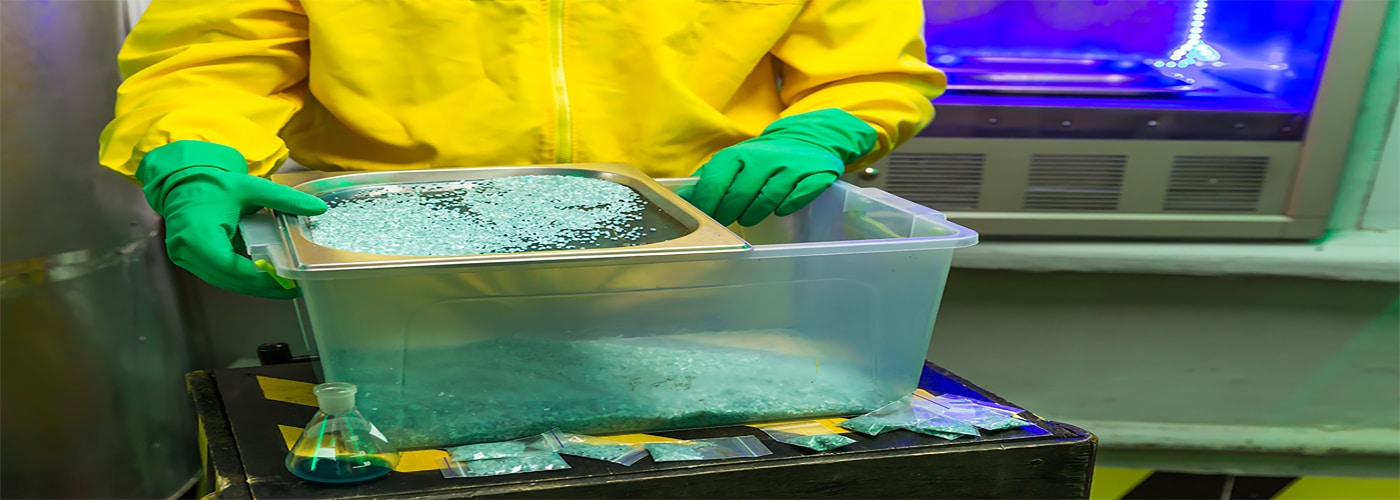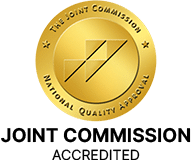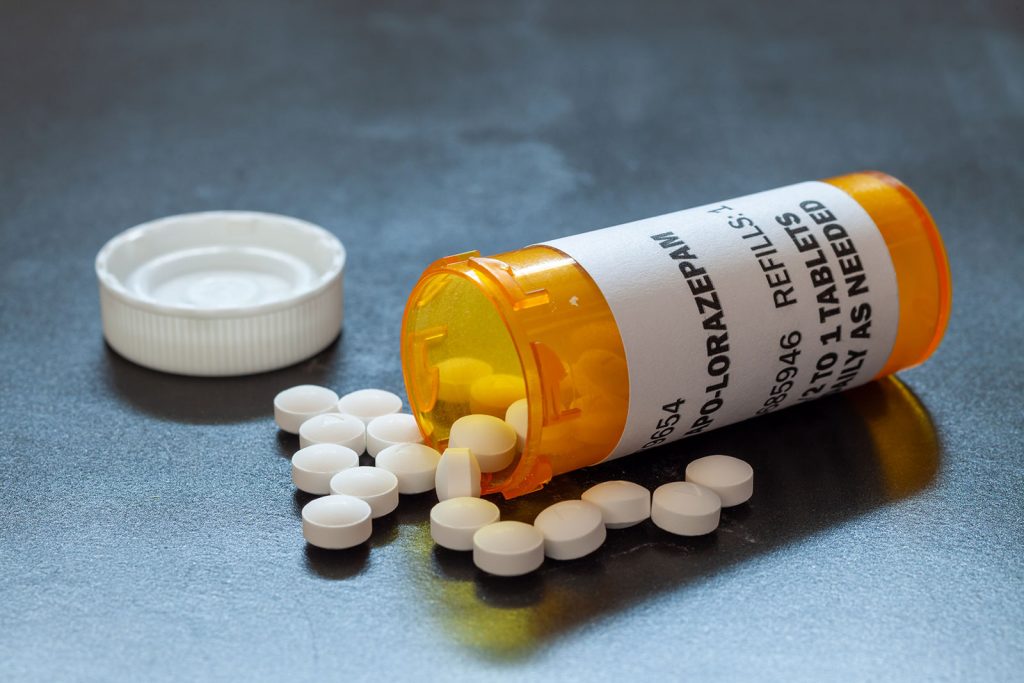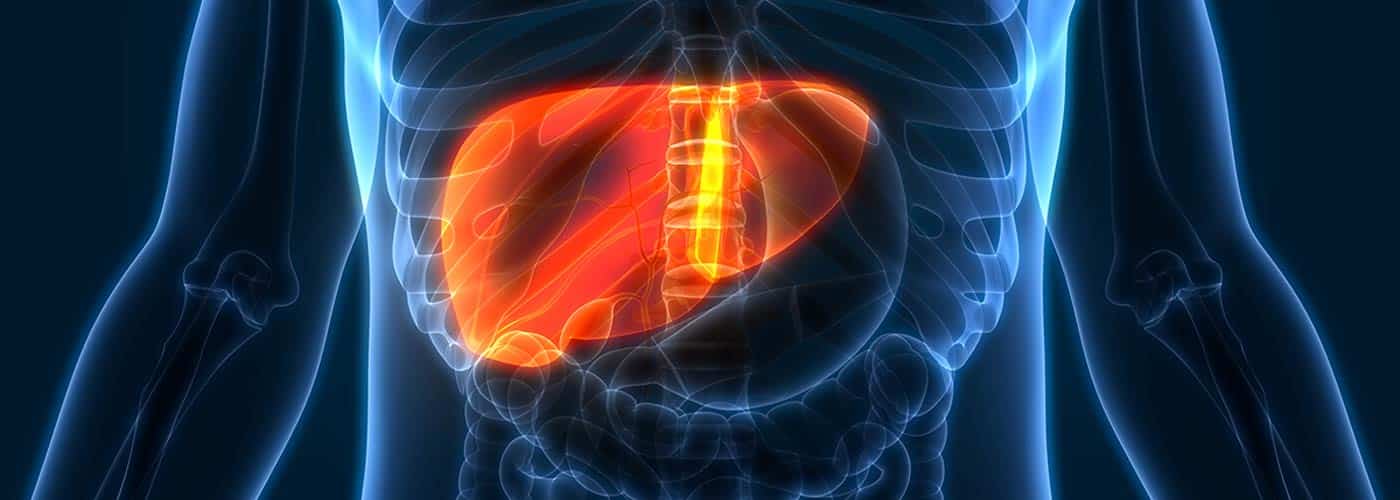Crystal meth is a stimulant drug that gets its name from its crystalline or crystal-like appearance. Also called ice or glass, crystal meth is usually smoked out of a glass pipe, but can also be snorted or injected. It is a highly addictive drug that affects the central nervous system.
Crystal meth produces an intense euphoric rush when its users take the drug. It creates a false sense of happiness and well-being, confidence, energy, hyperactiveness, and decreases the need for sleep and food. The effects of this drug can last between six and eight hours, but depending on the dose taken may even last for up to 24 hours.

Correlation Between Crystal Meth And Dopamine Levels
Crystal meth, like other stimulants, causes extreme amounts of the neurotransmitters dopamine and norepinephrine to be released when it is taken. This is why a lot of people who have pre-existing and untreated depression will use crystal meth. It produces intense feelings of euphoria, increases energy, and has other psychoactive effects which temporarily take away their depression.
The National Institute of Health The Permanente Journal “The “Party Drug Crystal Methamphetamine: Risk Factor for the Acquisition of HIV” states:
The brains of people addicted to methamphetamine are different from those of nonaddicts. The pleasure center of the brain is the nucleus accumbens, where the active neurotransmitter is dopamine. Both crack cocaine and methamphetamine prevent the reuptake of dopamine, which allows it to collect and thus prolongs and increases its effects…a wide variety of stimuli affect dopamine levels. Natural rewards such as food and sex elevate dopamine output by 150% to 300% above basal output. Stimulant drugs, however, are more efficient than natural rewards at increasing the release of dopamine. Methamphetamine increases dopamine release to >1000% above basal levels within the first hour of taking the drug, with levels returning to basal after three hours. (NIH)
More About How Does Crystal Meth Affect Dopamine
The massive amounts of dopamine that are released once it is taken make the drug so addicting. Users want to continue using the drug to continue experiencing these intense euphoric feelings.
Once a person eventually stops taking the drug, they experience an extreme crash-like effect from depleting dopamine and serotonin levels. This causes extreme mood changes such as depression, apathy, and hopelessness and causes the user to sleep for hours and hours.
Overcome Crystal Meth Abuse at Recreate Life Counseling
Crystal meth can cause a person to become addicted after just their first use. This drug eventually depletes the body’s natural supply of dopamine and can have damaging effects on a person’s brain and body after only brief exposure.
Suppose you have a problem or addiction to crystal meth. In that case, it’s important to get into treatment as soon as possible, as long-term crystal meth use can have devastating effects on a person’s physical and mental well-being. Recreate Life Counseling offers intensive outpatient treatment and partial hospitalization programs. Cutting-edge and evidence-based addiction treatment, we are here to get you moving towards the road to long-term recovery. So call our specialists and let them help you get started on getting your life back. Today is your day to overcome crystal meth addiction.
Published on: 2021-08-18
Updated on: 2024-04-18






